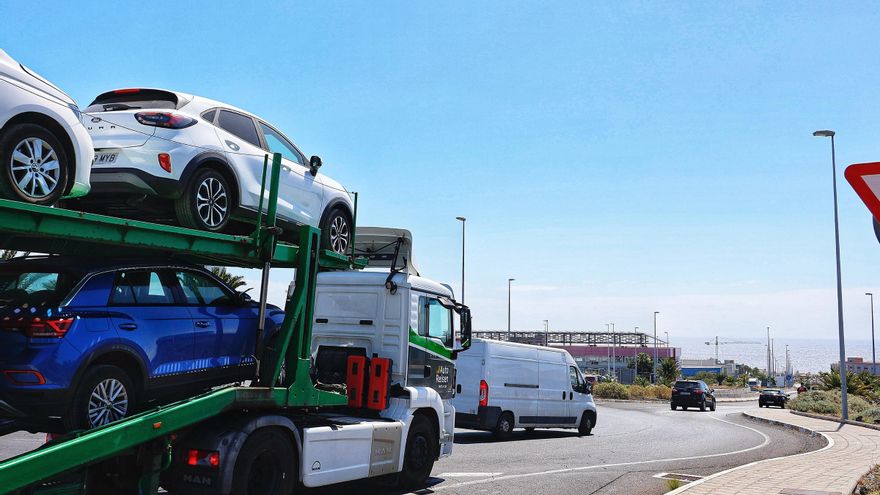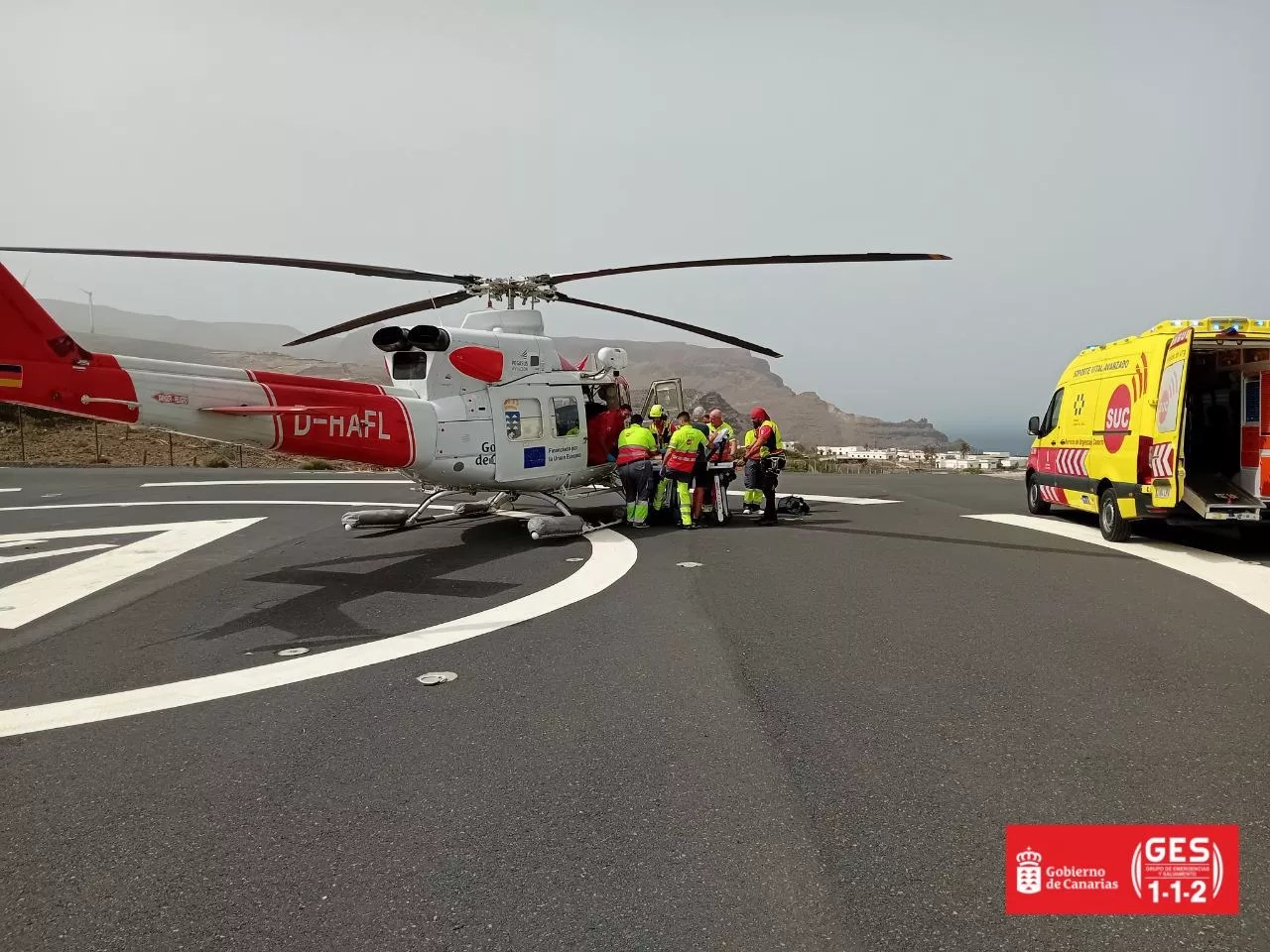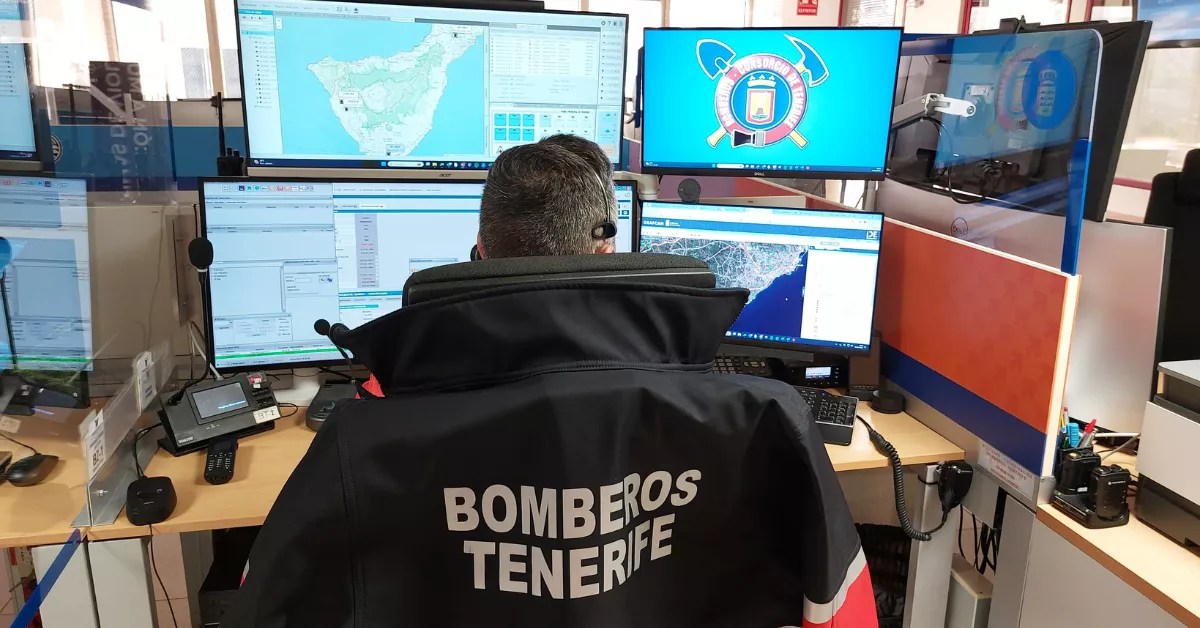
On June 4, the Cabildo and the municipalities of Candelaria, Arafo and Güímar met to progress in establishing the body responsible for maintaining the Industrial Polygon Valle de Güímar. However, differences have resurfaced because the insular government’s proposal to create an urban conservation entity (EUC) seems to revert to a decade-old issue. Previously, the municipalities agreed to set up a consortium with the backing of the Cabildo from the prior mandate, which was still awaiting formal approval.
The three mayors from the Güímar Valley are calling for a swift resolution—“Whatever it is, just get on with it,” summarises Juan Ramón Martín (Arafo), encapsulating a shared sentiment that emphasises the need for compliance with legal frameworks. Herein lies the crux of the problem, as the municipal secretariats directed efforts towards creating this EUC—formulated over five years—towards the consortium idea, believing it better aligns with current legislation. Furthermore, the municipalities feel this approach is not only more cost-effective but also more efficient for maintaining and preserving the island’s primary industrial area. “We don’t mind, but legally, it’s just the consortium that holds water,” says Mari Brito, citing the reports she’s seen.
Change of Criteria
In the current term (February 2024), the Cabildo de Tenerife commissioned a study to ascertain the costs associated with this conservation and maintenance task, which is a vital preliminary step for determining what each municipality will contribute to the industrial complex. Two months later (April 2024), the insular advisor for Industry, Manuel Fernández, persuaded local entrepreneurs of the benefits offered by this urban conservation entity.
On October 9, 2015, EUC was seen as the solution. Consequently, the three municipalities and the Cabildo arrived at an initial agreement whereby the insular corporation would oversee the Valle de Güímar industrial estate. By April 2020, the municipalities opted to pursue the consortium route, prompted by the stall in establishing the EUC, even though they’d approved its statutes back in September 2015.
Reception and Transfer
The agreement between the Mixed Compensation Association (Sepes State, CajaCanarias, Cabildo, and Entrepreneurs) and the municipalities facilitated the transfer of ownership of the industrial estate to the municipalities. At 11:45 on July 22, 2013, in the civic and commercial building situated on the main avenue of the complex, Lucía Molars, the general director of SEPES; David Cova, the general delegate of Caixabank in the Canary Islands; mayors José Juan Lemes (Arafo), José Gumersindo García (Candelaria), and Carmen Luisa Castro (Güímar) signed the official reception of the Industrial Polygon Valle de Güímar, witnessed by the president of the Cabildo de Tenerife, Ricardo Melchior.
Among the benefits that the municipalities received was a facility, around one million euros each, and shared ownership of the Chiguengue well. This well not only supplies most of the 200 companies in the area, which employ about 3,000 staff, but is also a service managed by a private company, with administration awarded to the Targa company.
While formal ownership lies with one of the municipalities, the transfer hasn’t been finalised because that well remains privately owned. Resolving this situation is deemed crucial but is dependent on creating the urban conservation entity or a similar body.
A Challenging Scenario
Throughout this process, over 11 million euros have been invested in enhancing and cleansing the area. Before the change of ownership, 8 million euros were spent renewing and improving service networks (water distribution, sewerage, telecommunications, electrification, and lighting), repairing pavements and roads, landscaping public spaces, and marking plots and other features.
Since then, the complex has experienced significant neglect and severe deterioration of the rehabilitated areas, prompting the Cabildo to announce (last February) an expenditure of over two million euros “to adapt the landscaped areas, roads, and pavements; promote the improvement of external lighting in the polygon; establish charging points for vehicles; rehabilitate surfaces and enhance signage; improve drainage networks and adapt the landscape of the polygon, among other initiatives.”
The Pollution Issue
The issue of pollution has been addressed, stemming from fines imposed by the European Union and continued legal proceedings, involving mayors Carmen Luisa Castro, José Gumersindo García, José Juan Lemes, and Mari Brito, all accused of alleged environmental crimes and abuse of power. The construction of the industrial water treatment plant in the Valle de Güímar Polygon stands as a significant milestone and showcases inter-administrative collaboration.
The Industrial Polygon Valle de Güímar covers 2,024,999 square metres, with 17.72% (358,814 sqm) belonging to Candelaria; Güímar holds 29.30% (593,358 sqm), while Arafo, the smallest of the three municipalities, accounts for 52.98% (1,072,827 sqm) of Tenerife’s most significant industrial complex.















